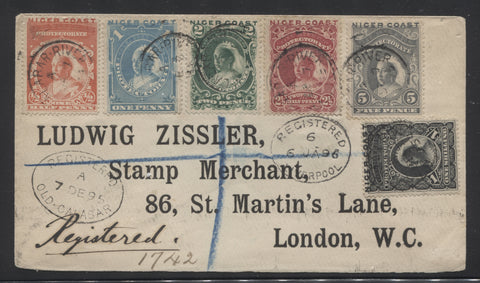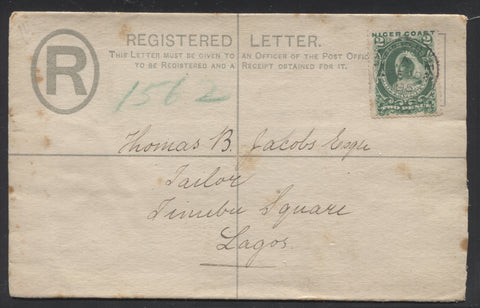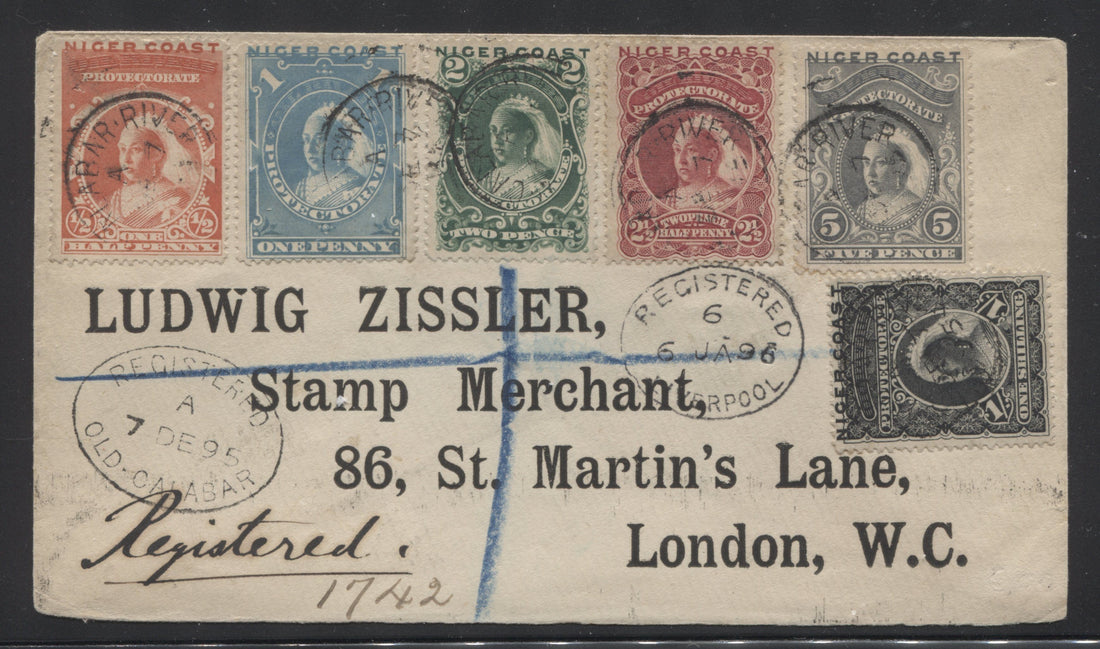Today's post completes my examination of this issue, and begins with the perforations on the 1 shilling black. In examining the 46 mint and used singles, as well as the single block of 4 in my stock, I have found the following perforations:
15 x 15 x 15.1 x 15
15 x 15.1 x 15.1 x 14.5
15 x 15 x 15 x 15.1
14.5 x 14.4 x 15 x 14.5
15; 15.5 x 15.1 x 15.1 x 15
14 x 14.2 x 14 x 14.1
12.9 x 14.1 x 12.6;12.1 x 14
15 x 15.1 x 15 x 14.9
14.8 x 15 x 15.1 x 15
15 x 15.1 x 15 x 15.1
15
15 x 15.1 x 15.1 x 15
14 x 13;11.6 x 14.6 x 12.3;13
14.6 x 14.8
15.1
15 x 14.6
15 x 14.9 x 15.1 x 15
14 x 12;14 x 14.75 x 14;12
15 x 14 x 14.9 x 14
15 x 14 x 13.9 x 14
14 x 12.9 x 14.5 x 12.9
14.9 x 14.5
14.6 x 14.7 x 14.6 x 14.9
14.8 x 14.7 x 14.7 x 14.7
14.9 x 14 x 14 x 14
14.5 x 14.9 x 14.8 x 14.7
12.2;14 x 12.2;14 x 14;12.2 x 14;12.2
14.7 x 14
14.4;14.6 x 14 x 14.6 x 12;13.2
15 x 15 x 14 x 14.4;14.6
14 x 14 x 14 x 13.9
15 x 15.1
14.5 x 14.75
14
14.8 x 14.8 x 14.7 x 14.8
15.2 x 15 x 15.1 x 15.1
So, in all there are 36 different perforation measurements. Of these 36, the vast majority are very minor variations of perf. 15. There are in fact, 11 different variations of perf. 15, making this the most common perforation. These are marked in boldface black. The next main variation are compounds of 14.5 and 15. These are listed by Gibbons as 14.5-15, but I would suggest that 15 and 14.5 should have been separate listings, due to the high prevalence of stamps measuring very close to 15. The number of 15 and 14.5 compounds, or close variations thereof is 7, and these are indicated in red. Next, there is a straight perf. 14-14.2, which again, is not listed in Gibbons, which opts for the 13.5-14 classification, even though we almost never see 13.5. These are indicated in orange, and there are three such variations.
Then there are the compounds that contain the 12-13 perforation. This perforation seems to vary between 12.1 and 12.9. Gibbons lists this perforation as being found in combination with both 14.5-15 and 13.5-14. The variations that most closely match the 13.5-14 comp 12-13 listings are indicated in green, and I have found two that match that description. However, I have not found any that are purely 14.5-15 comp 12-13. I have three other compound perforations, which are compounds of several measurements, none of which are listed in Gibbons:
- 14, 14.5, 11.5 and 12-13.
- 14, 14.5 and 12-13.
After all this, I am left with six perforations that fall completely outside the Gibbons listings:
- 15 x 15.5 (or a close variation thereof)
- 15 x 14.5
- 15 x 14
- 14 x 14.5
- 15 x 14 x 14.5
- 14.5
These are based on my observation that a variation of 0.25 on either side of a measurement falls within that range. So, for example the fourth last perforation in the last is 14.5 x 14.75. 14.75 is 0.25 greater than 14.5, so I consider it a close variation of 14.5 rather than 15.
14.5 and 15 are considered by Gibbons to fall within the same general range, and that would tend to cause the 15 x 14.5 and 14.5 to be grouped with the 15's. But I am suggesting that this is incorrect based on how few 14.5 measurements there are relative to the 15's. I believe that 14, 14.5 and 15 should all be considered separate measurements. In addition there is one stamp that is a compound of 15.5 and 15. 15.5 is not listed on this issue by Gibbons, but it is listed on the next issue as 15.5-16. So, I do believe that it is a legitimate measurement.
Thus, I believe that a more correct list of the basic perforations on this stamp is:
- 11-12, 12-13, 14, 14.5, 15 and 15.5, and compounds of these six basic measurements, rather than the 12-13, 14.5-15 and 13.5-14 measurements given in Gibbons.
Overwhelmingly, the most common perforation is 15, followed by 14.5 x 15. The rest are all scarce by comparison, with the 11-12 and 12-13 compounds being rare. Interestingly, I have never found a straight non-compound perforation containing 11-12 or 12-13, and I think the reason may be that the machines that produced these measurements were only used as a stop-gap measure by Waterlow. However, it is anyone's guess.
Postal History
Covers bearing this issue are indeed rare. But I have been able to acquire a few attractive ones. Many are clearly philatelic in nature, but are desirable nonetheless. Two of these are shown and described in the following scans:

This cover is to a prominent London stamp dealer, Ludwig Zissler. I have an identical cover postmarked on the exact same date, but bearing a different registration number: 1765 rather than 1742. It would appear that Mr. Zissler had placed an order to have several covers franked and mailed back to him and this was done on the same day, being December 7, 1895, from Old Calabar. Both covers have the same set, though I did not check the perforations of each of the stamps on each cover. I would expect that there will be variations in the measurements for sure.
Although the cover is clearly philatelic, based on the fact that it is overpaid and from the careful manner in which the stamps are arranged, this is not a significant detraction, as most registered covers from Niger Coast Protectorate during this period are philatelic.

This next cover is a scarce commercial registered cover that was sent from Niger Coast Protectorate to Lagos. The fact that the addressee is referred to by trade, that it was sent to a commercial square in Lagos where he would have had a stall or shop, that the postage was correct, all serve as evidence that it is commercial. The condition is not bad for a cover from West Africa: most will have foxing and edge wear due to the effects of the climate. The postage to Lagos was 2d, and was paid with a single 2d green, while the registration fee was paid with the purchase of the envelope.
This concludes my post for this week and my coverage of this first Waterlow Issue. My next series of posts will look at the second Waterlow Issue, which is somewhat similar to this, but actually bears the correct inscription of the protectorate.

